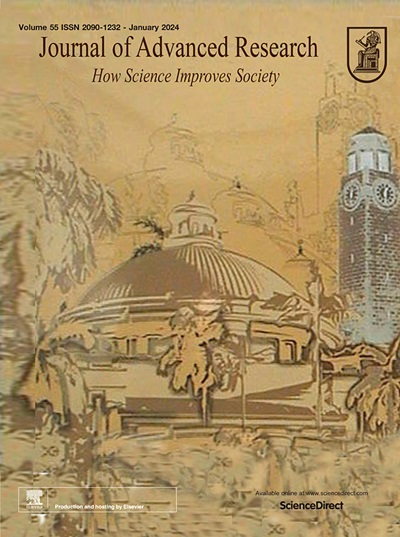Loss of life expectancy attributed to long-term ozone exposure in Chinese older adults: Cross-cohort analysis from 3 national cohorts
IF 11.4
1区 综合性期刊
Q1 MULTIDISCIPLINARY SCIENCES
引用次数: 0
Abstract
Background
Cohort evidence linking ozone (O3) exposure with mortality was sparsely investigated among the elderly in low- and middle-income countries. This study aims to quantify mortality risk and burden attributed to chronic O3 exposure in Chinese older adults.Methods
A total of 30,874 older adults aged ≥ 65 years were recruited from 3 national dynamic cohorts across 29 provincial regions in China, 2005–2018. Annual warm-season (April–September) O3 and year-round PM2.5 concentrations were estimated through well-validated satellite-based spatiotemporal models and were assigned to participants for each survey year. Time-dependent Fragility Cox models with random intercept for study cohort were employed to quantify O3-mortality association, adjusting for demographic, behavioral, health, and environmental covariates. A counterfactual causal framework was used for assessment of O3-attributable premature deaths in older adults based on exposure–response relationship derived from multi-cohort two-pollutant analysis (+PM2.5). Years of life lost and loss of life expectancy were subsequently evaluated based on the burden estimation model by incorporating the comparative risk assessment method and reference life tables.Results
16,939 death events occurred during 0.16 million person-years of follow-up surveys. Each 10-ppb increase in O3 exposure was linked with a hazard ratio of 1.076 (95 % confidence interval [CI]: 1.050, 1.102) for all-cause mortality. By achieving the counterfactual target (WHO AQG 2021) of 60 μg/m3 for warm-season O3, 0.88 (95 % CI: 0.60, 1.14) million premature deaths could be avoidable among Chinese older population in 2019, yielding an inconspicuous reduction of 0.11 million compared to the estimate in 2011 (0.99 million, 95 % CI: 0.68, 1.28). O3-attributable deaths amounted to 9.05 (95 % CI: 6.19, 11.70) million years of life lost in 2019, equivalent to a loss of life expectancy of 0.93 (95 % CI: 0.63, 1.20) years for older population in China.Conclusions
Our multi-cohort analysis suggested that reducing ambient O3 exposure could effectively increase the life expectancy of Chinese older adults, which may contribute to the development of healthy aging strategies and national cleaning air policies.

求助全文
约1分钟内获得全文
求助全文
来源期刊

Journal of Advanced Research
Multidisciplinary-Multidisciplinary
CiteScore
21.60
自引率
0.90%
发文量
280
审稿时长
12 weeks
期刊介绍:
Journal of Advanced Research (J. Adv. Res.) is an applied/natural sciences, peer-reviewed journal that focuses on interdisciplinary research. The journal aims to contribute to applied research and knowledge worldwide through the publication of original and high-quality research articles in the fields of Medicine, Pharmaceutical Sciences, Dentistry, Physical Therapy, Veterinary Medicine, and Basic and Biological Sciences.
The following abstracting and indexing services cover the Journal of Advanced Research: PubMed/Medline, Essential Science Indicators, Web of Science, Scopus, PubMed Central, PubMed, Science Citation Index Expanded, Directory of Open Access Journals (DOAJ), and INSPEC.
 求助内容:
求助内容: 应助结果提醒方式:
应助结果提醒方式:


